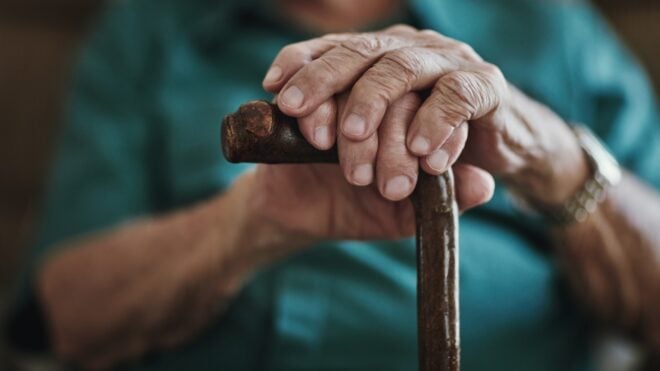It was a normal July day in Alsace, in what is today France, in 1518. People were going about their business in the city of Strasbourg.
Then a woman identified only as Frau Troffer or Troffea began dancing in the street, with what people would later describe as a grimace of pain on her face. She wouldn't stop. It was almost as though she couldn't stop, and she kept on dancing for six days straight.
But that wasn't all.
By the end of those six days, 34 more people had joined her in her weird, compulsive dance, prancing around the street all day and night.
It didn't stop there. According to historical records, some 400 people started dancing and couldn't stop. Most of them were women. People died of exhaustion, heart attacks, or strokes as they danced, dropping in the street.
And it went on like this all summer, with the death toll rising and fear gripping those who weren't afflicted.
Finally, at the end of summer, the surviving dancers were taken to a hilltop to pray. The mania eventually stopped and things calmed down once again.
However, the mystery remained. Why had this happened? What would cause people to dance night and day to the point of harming or even killing themselves?
The Dancing Plague of 1518, as it's come to be known, is one of the great unsolved mysteries of time, just one of those things we may never have the answer to, like the identity of a mysterious skyjacker or who's really making designs in crop fields.
Read on to learn more about this eerie and macabre mystery, and let us know your theories!
[H/T: Dusty Old Thing]
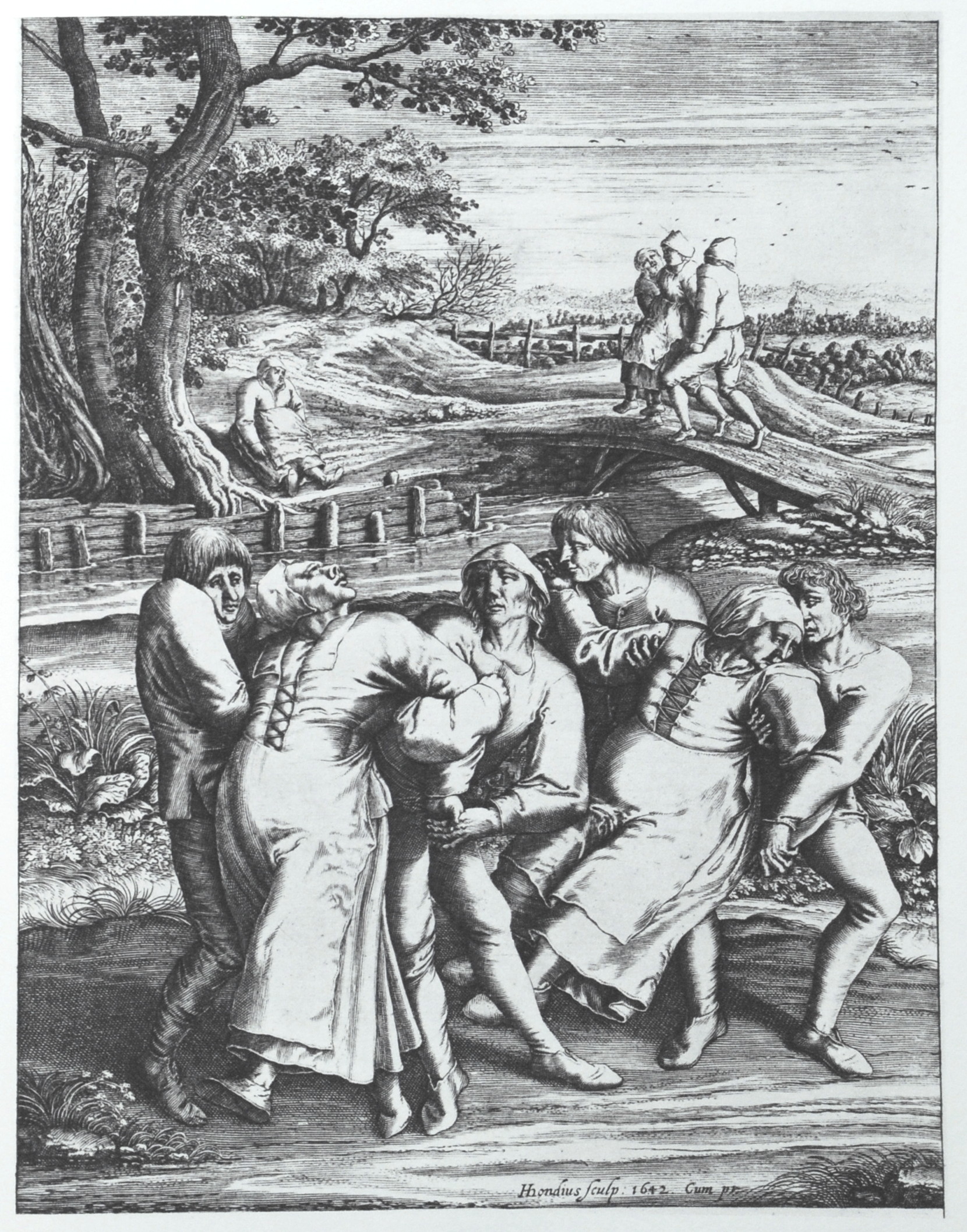
In the summer of 1518 in Alsace, it's recorded that some 400 people, mainly women, started dancing uncontrollably for weeks.
Now known as the Dancing Plague, it endures as one of the more bizarre mysteries in history.
What caused it? And why did it affect so many people? Is there a natural explanation, or is something supernatural to blame?
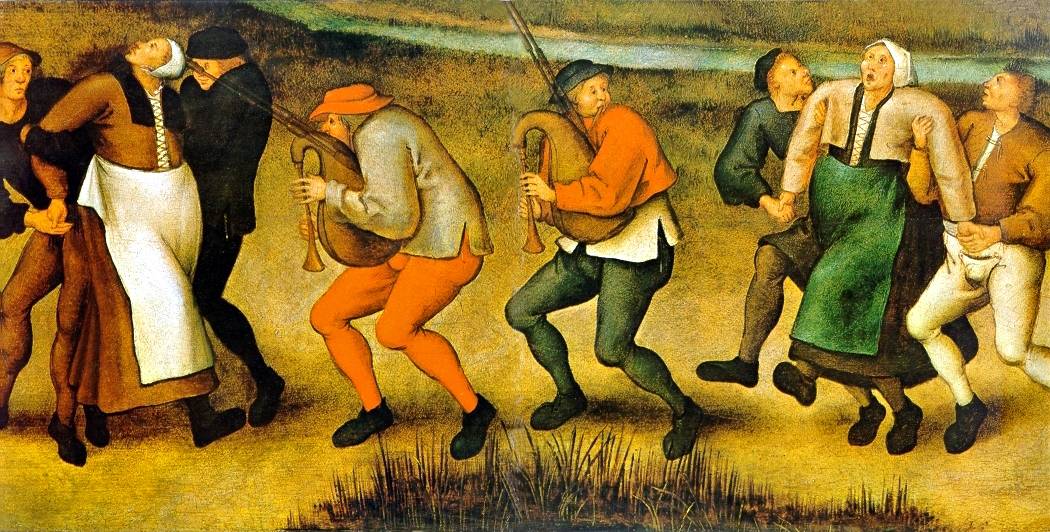
What's even weirder is that the 1518 outbreak wasn't the first "dancing mania" to occur, nor was it the last. However, it was the largest one ever recorded.
Uncontrollable dancing frenzies have been recorded across Europe since the 600s, finally disappearing from the historical record in the 1600s — that's a thousand years of dancing mania!
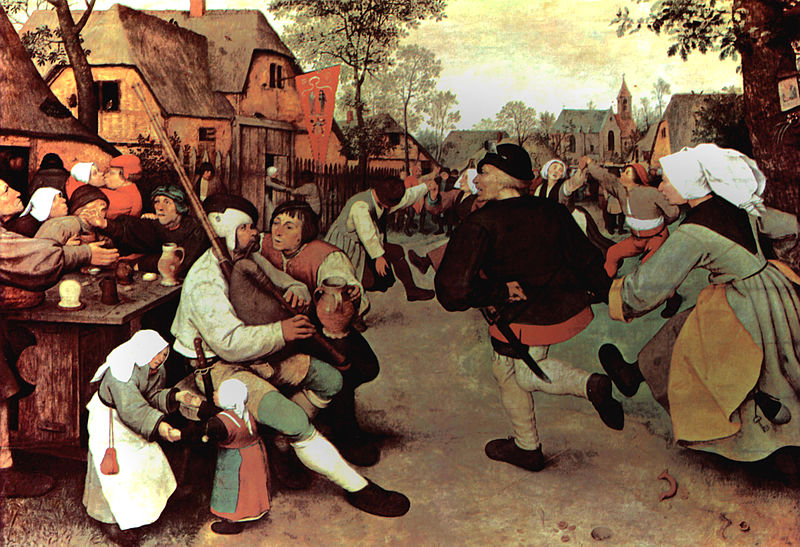
The theory at the time was that dancing was caused by "hot blood," and that the only cure was to simply dance it all out. In hindsight, this probably wasn't the best idea.
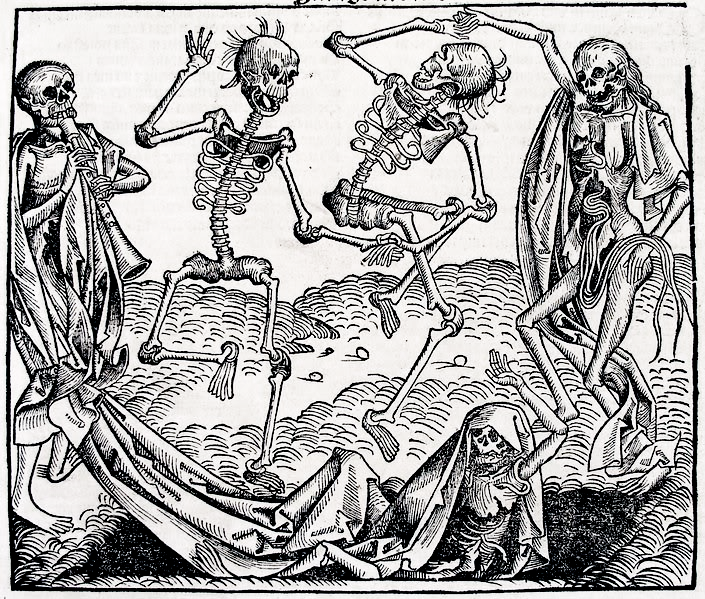
Today, historians think the mania was brought on by the hardships of life and by the peoples' general superstitions.
In 1518, famine and disease were all over Alsace. Life was very hard, and death was everywhere.
The pressures may have pushed people to their breaking point, leading to a huge, violent, and bizarre hysteria.
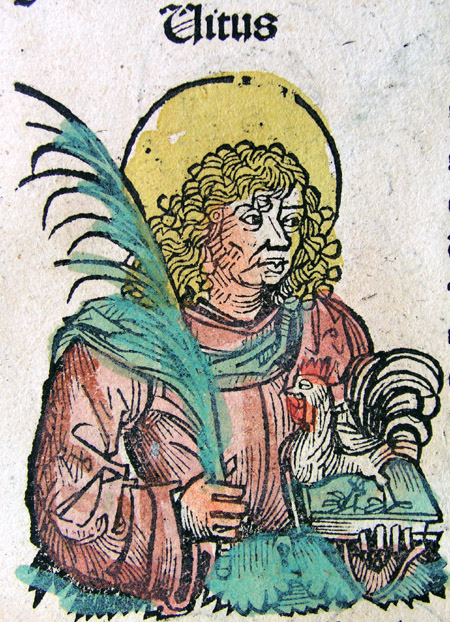
The compulsion to dance is also sometimes called the "St. Vitus dance," because it was believed that St. Vitus had the power to punish people by cursing them to dance uncontrollably.
Today, we know about a disease called Sydenham's chorea, which is characterized by rapid jerking motions of the hands, feet, and face. It's usually found in people suffering from acute rheumatic fever.
But could that have affected so many people in such a short time?

Another theory blames ergot, a fungus that grows on grains that when ingested in large enough quantities, can cause hallucinations and erratic behavior.
This is the same fungus that some claim was responsible for the hysteria that caused the Salem witch trials in 1692.
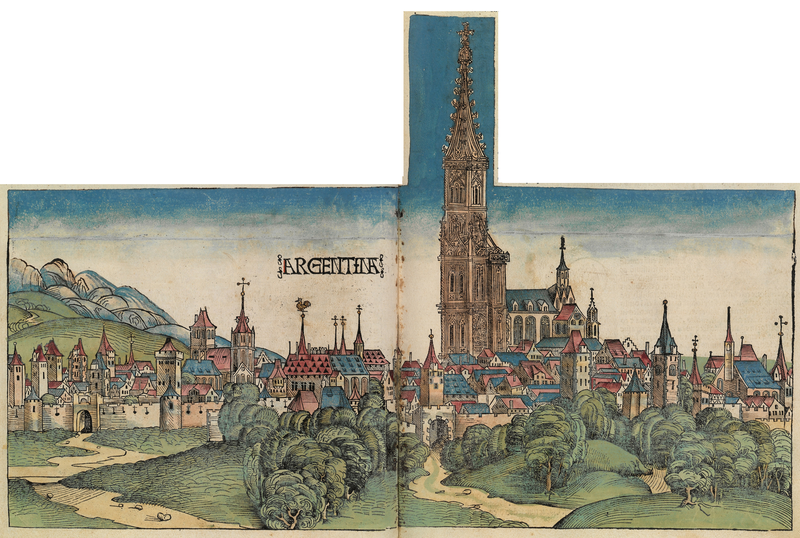
When the plague died down, the people of Strasbourg went about their lives as best they could. The Dancing Plague of 1518, however, continued to fascinate historians and scientists alike.
We may never know what caused 400 people to start dancing and never stop, and we know we've never seen anything quite like it since.
What do you think caused it? Could it have been some freaky fungus? Or do you think maybe a record keeper back in the day decided to have a little fun with a crazy story?
Let us know, and SHARE to see your friends' theories!


